The circle tightens around the mysterious X particle that existed in the very first moments of the universe: discovered in 2003 and painstakingly pursued for nearly two decades by physicists from all over the world, it was detected for the first time in a quark-gluon plasma created in the 'largest accelerator in the world, the Largr Hadron Collider ((Lhc) of CERN in Geneva to reproduce the' primordial soup 'formed a few millionths of seconds after the Big Bang. The result, obtained thanks to the Cms experiment, is published in the magazine Physical Review Letters.
The work, conducted by researchers from the Massachusetts Institute of Technology (MIT), arises from the data taking made in 2018, when positively charged lead atoms were collided at very high speeds: thus, almost 13 billion collisions were produced from which formed tens of thousands of particles. This quark-gluon plasma reproduced the boiling 'primeval soup' that would have been created a few millionths of a second after the Big Bang. In this medium "the elementary particles would have united in innumerable configurations, before cooling into the most stable combinations, those of neutrons and protons", explains Lucia Silvestris, national representative of the CMS experiment for the National Institute of Nuclear Physics (Infn) .
Graphical representation of the quark-gluon plasma formed immediately after the Big Bang (source: S13mashina from Wikipedia)
"In colliding before cooling, a fraction of quarks and gluons would have given life to the X particles, so named because of the mystery that surrounds their structure".
To identify them also in the 'primordial soup', the researchers sifted through the enormous amounts of data produced by the collisions using machine learning algorithms, appropriately 'trained' with what theoretical models predict of the X particle. In this way they were able to identify the signs of the presence of about 100 X particles.
"For now we are able to say that they are there, but we do not have enough statistics to say more about their nature", Silvestris points out.
"The two most accredited theories argue that the X particle could be formed by four quarks or by two mesons: to clarify, the next two data collections will be precious, Run 3 (which will start this spring) and Run 4 (which should start between 2028 and 2029). Understanding the structure of particle X will be crucial to better define which types of particles were present at the dawn of the universe. "

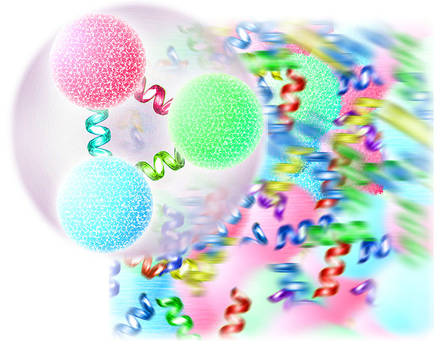
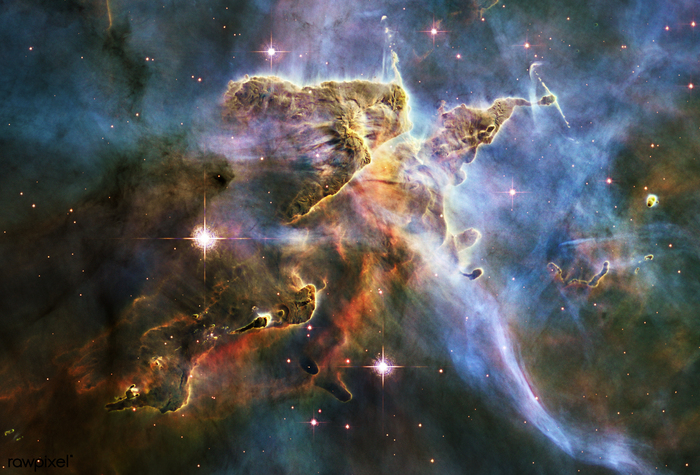
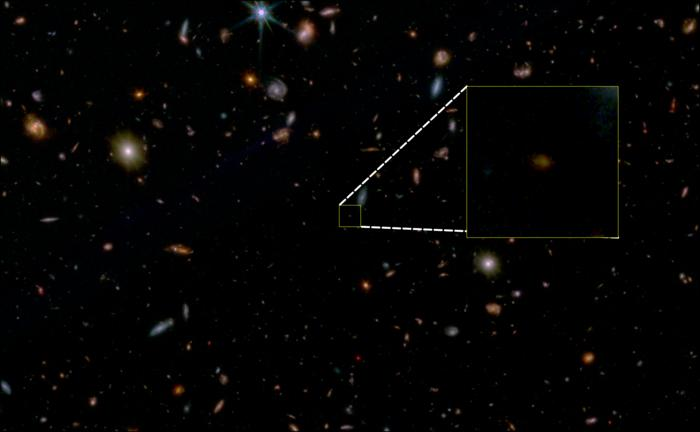
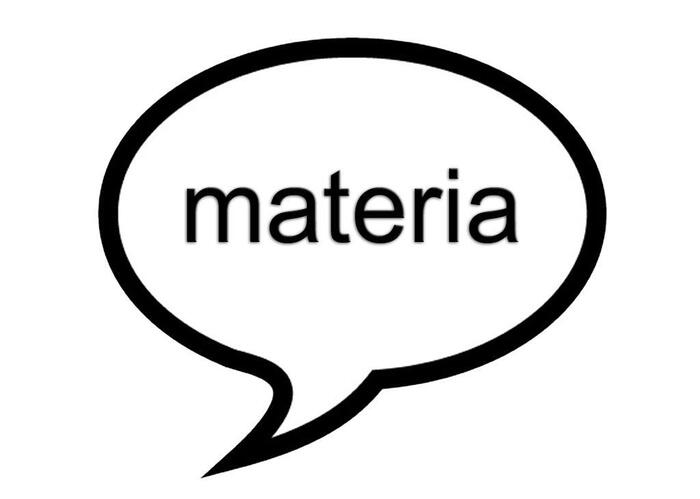
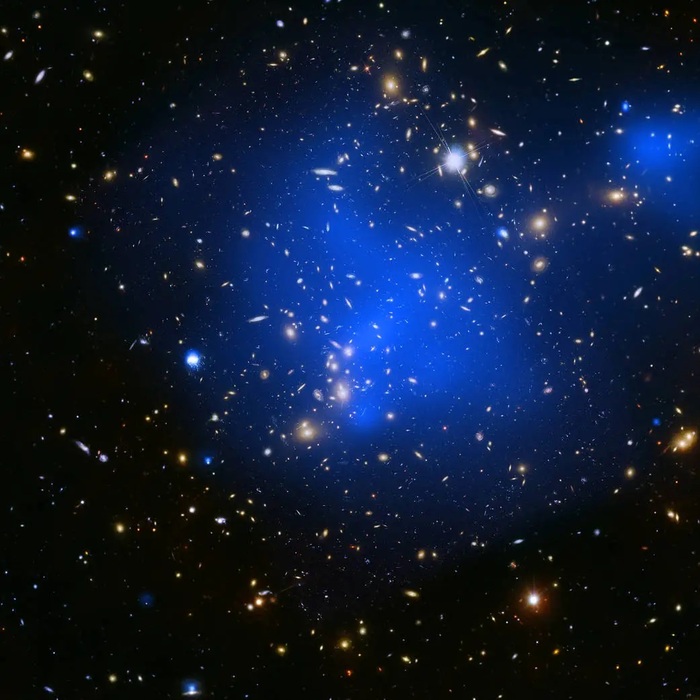
/cloudfront-eu-central-1.images.arcpublishing.com/prisa/BI4VNORLKVHTLF4MEMPC3K27QE.jpg)


